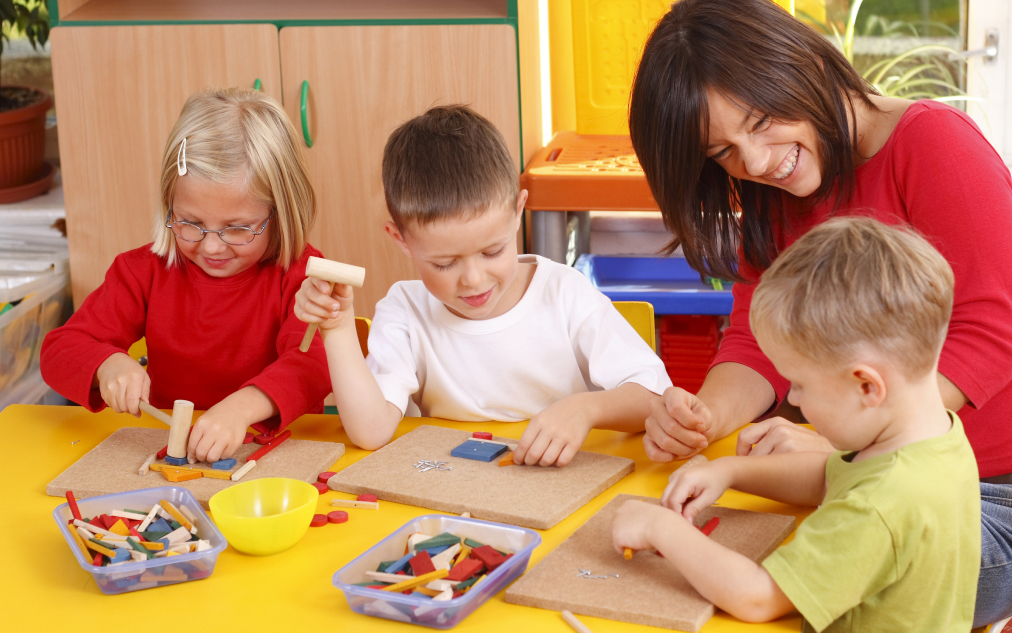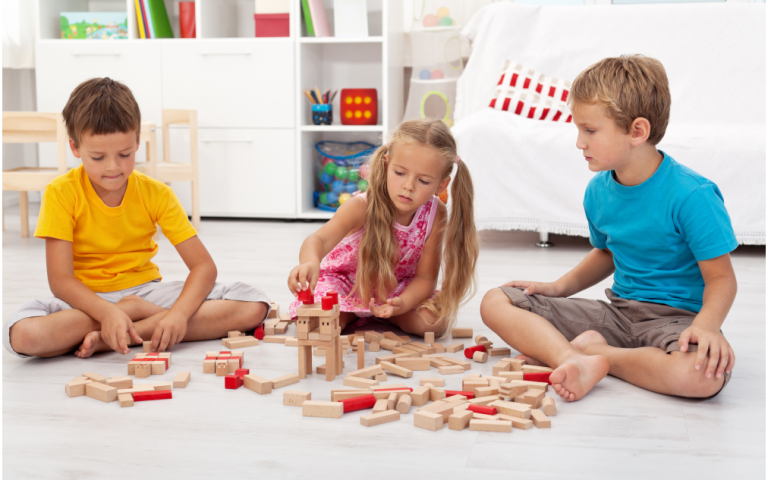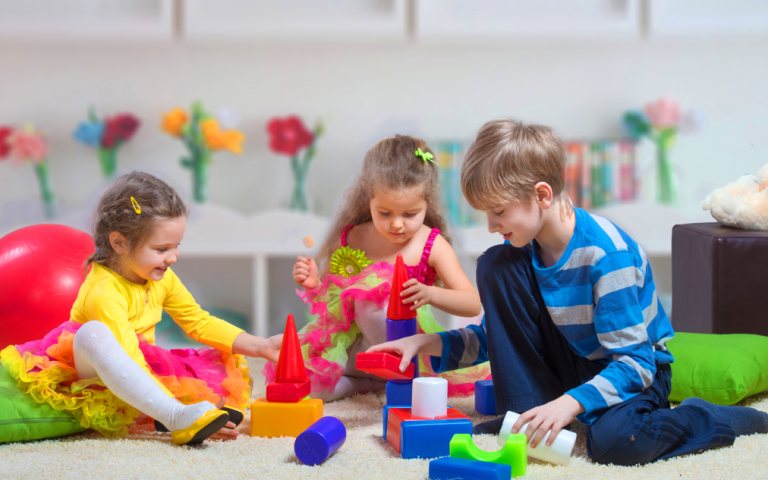Written by Alex Liau, learning & behaviour psychologist.
For many children, culture is not something distant or abstract. It is experienced daily in the food they eat, the stories they hear, the games they play, and the rituals they celebrate. In play therapy, acknowledging and integrating a child’s cultural identity and belonging strengthens their sense of self. It helps mend the emotional fractures that can arise from migration, navigating multiple cultures, or family transitions, allowing each child to feel seen, rooted, and whole.
Mei Yin, a seven-year-old Chinese-Singaporean girl, moved to Nigeria with her parents six months ago. At school, Mei Yin often felt different from her peers as she was the only Chinese student in the cohort of Nigerian kids. But in the playroom, she found ways to bring her culture into her world of play. What began with dolls and toy food evolved into a powerful journey of affirmation and self-expression, guided by her therapist, who helped her explore her identity and sense of belonging.
As the Lunar New Year approached, Mei Yin’s therapist asked her what she would like to work on during her session. Mei Yin observed the playroom and decided to work on the dollhouse. She arranged a miniature table in the dollhouse. Then she placed dolls representing her family around it and carefully “served” symbolic dishes: dumplings, noodles, and fish.
Her therapist noticed the care she took with this ritual. “It looks like this dinner is significant to your family,” the therapist reflected. Mei Yin’s face lit up. She began to describe how her grandparents in Singapore would lead the meal and how everyone ate together until midnight.
Through this reenactment, Mei Yin not only shared cultural pride but also communicated deeper feelings of identity and belonging. The playroom became a safe space for her to explore emotions tied to identity, distance from extended family, and the changes of living abroad.
Traditional Games and Language as Cultural Identities
Culture often shows up in the games children play. For Mei, it was the game of five stones, taught by her grandmother, and chapteh, a traditional shuttlecock game.
One afternoon, Mei Yin taught her therapist how to play a game called “five stones”. She laughed when the therapist struggled, proudly showing her how to toss and catch the small fabric bags with skill. In that moment, Mei wasn’t just playing. She became the “expert”.
Positioning children like Mei Yin as cultural experts builds their self-esteem and restores a sense of identity and belonging. For Mei Yin, teaching her therapist gave her power she did not often feel in her school environment, where her traditions sometimes went unnoticed. Through these games, she shared her heritage and reclaimed pride in her cultural identity.
Language is also a piece of cultural identity. Mei Yin often switched between Mandarin and English during pretend play, especially when acting out scenes with dolls. Sometimes she mimicked her parents’ voices in Mandarin, then switched to English for school scenarios.
Instead of correcting her, the therapist mirrored her language and occasionally asked, “Would you like to tell me what that means?” This small gesture showed respect and reinforced the idea that all parts of her identity were welcome.
Language mixing or code-switching is natural for bilingual children. In therapy, it becomes a way to honour their lived experience rather than something to “fix.” For Mei Yin, it meant she could fully immerse herself in the playroom without fear of judgment.
Understanding Symbolism from Tales
Cultural identity also comes alive through symbols. One day, Mei Yin chose a dragon toy from the toy shelf. She called it “Long Wei” and told a story about it protecting a rabbit from danger. The tale echoed themes of bravery and vulnerability, woven into her own emotional world.
The therapist chose not to rush into interpretation. She followed Mei Yin’s lead and listened with curiosity and respect. In doing so, she let Mei project her feelings of fear and courage into the symbolic story, where she found safety in metaphor.
Symbols like dragons, rabbits, or lanterns often hold layered meaning. They connect children to cultural mythology while offering pathways to express emotions too complex to state outright.
Representation Through Play Matters
Representation in the playroom matters. When Mei Yin noticed a doll wearing a cheongsam, she smiled and said, “She looks like my auntie in Singapore”. She later used red paper to craft a lantern, calling it her “wishing lamp”. The lantern became a symbol of both joy and longing, for her grandmother back home and for the traditions she missed.
These small moments affirmed Mei’s identity. The therapist did not need to offer solutions. Simply providing culturally diverse materials, such as dolls in traditional clothing, brushes for calligraphy, or miniature mooncakes, signalled to Mei Yin that her world was seen and valued.
Culturally responsive play therapy does more than support individual children. It acknowledges the intergenerational ties that shape identity. For Mei, reenacting scenes from reunion dinners and teaching traditional games helps her remember her grandparents and the cultural values they instilled in her.
By witnessing these expressions, the therapist became not just a facilitator of play but a cultural witness. This role validated Mei’s identity and sense of belonging, helping her process the emotional complexities of growing up between two worlds.
Fostering a Sense of Belonging Through Play
Mei Yin’s story highlights the deep connection between culture and a child’s sense of self. For children navigating bicultural or immigrant experiences, play therapy becomes more than a safe space. It helps them bridge both worlds. Through re-enacting traditions, sharing familiar games, switching between languages, and using cultural symbols, children express their identity and belonging. Therapists who embrace this process send a powerful message: every part of you is welcome here.
For Mei Yin, the playroom was not just filled with dolls and toys. It was filled with reunion dinners, lanterns of hope, and the pride of sharing her heritage. It became a space where she could fully belong in both Singapore and Nigeria and carry her culture proudly into her healing journey.
Play therapy, when it honours culture, becomes more than play. It becomes a sanctuary of identity, belonging, and intergenerational healing.
If you’re inspired to support children in building this same sense of identity and belonging, explore Alison’s free Diploma in Play Therapy. This comprehensive course introduces the foundations and practical applications of play therapy, empowering educators, counsellors, and emerging therapists to use play as a bridge between culture, healing, and self-discovery.








